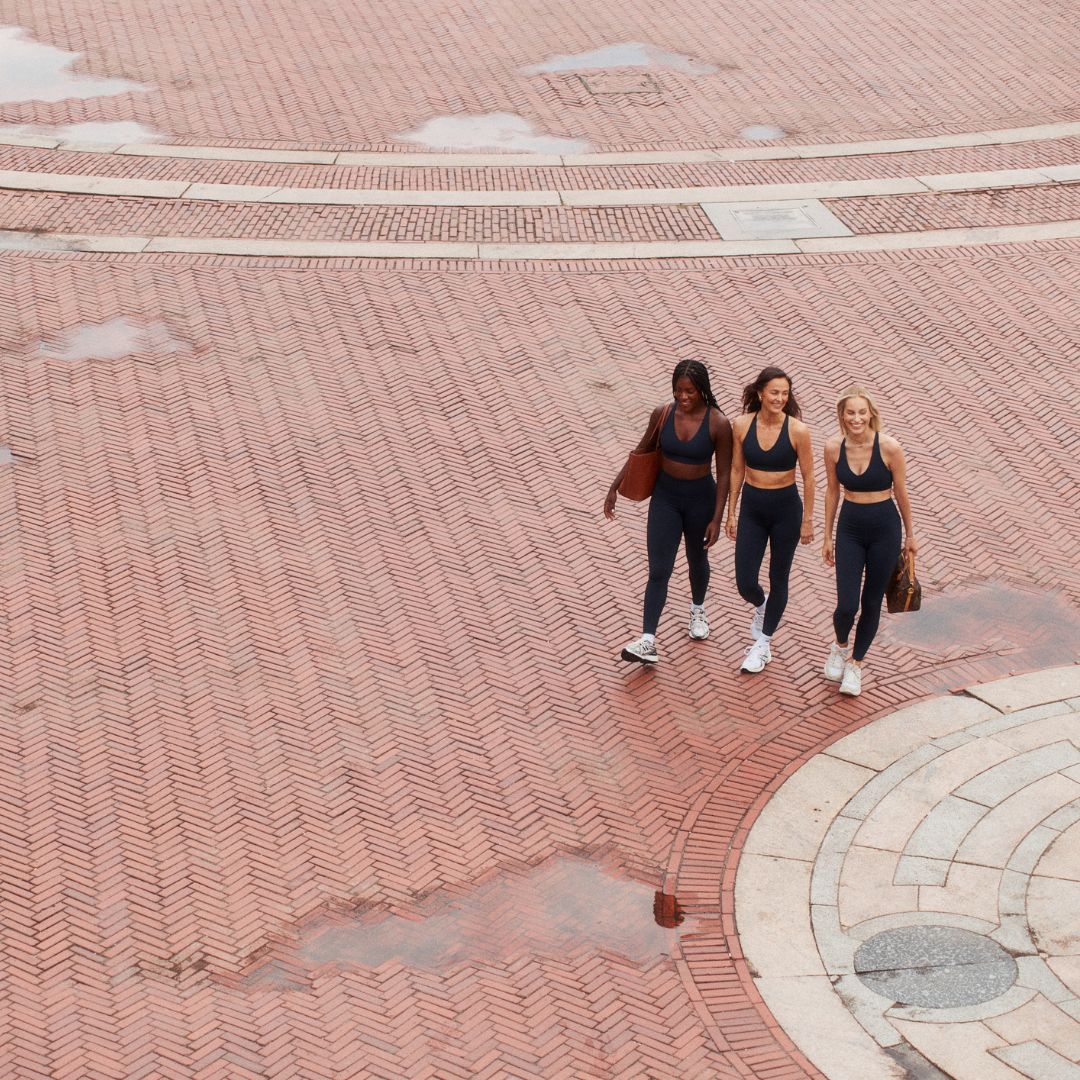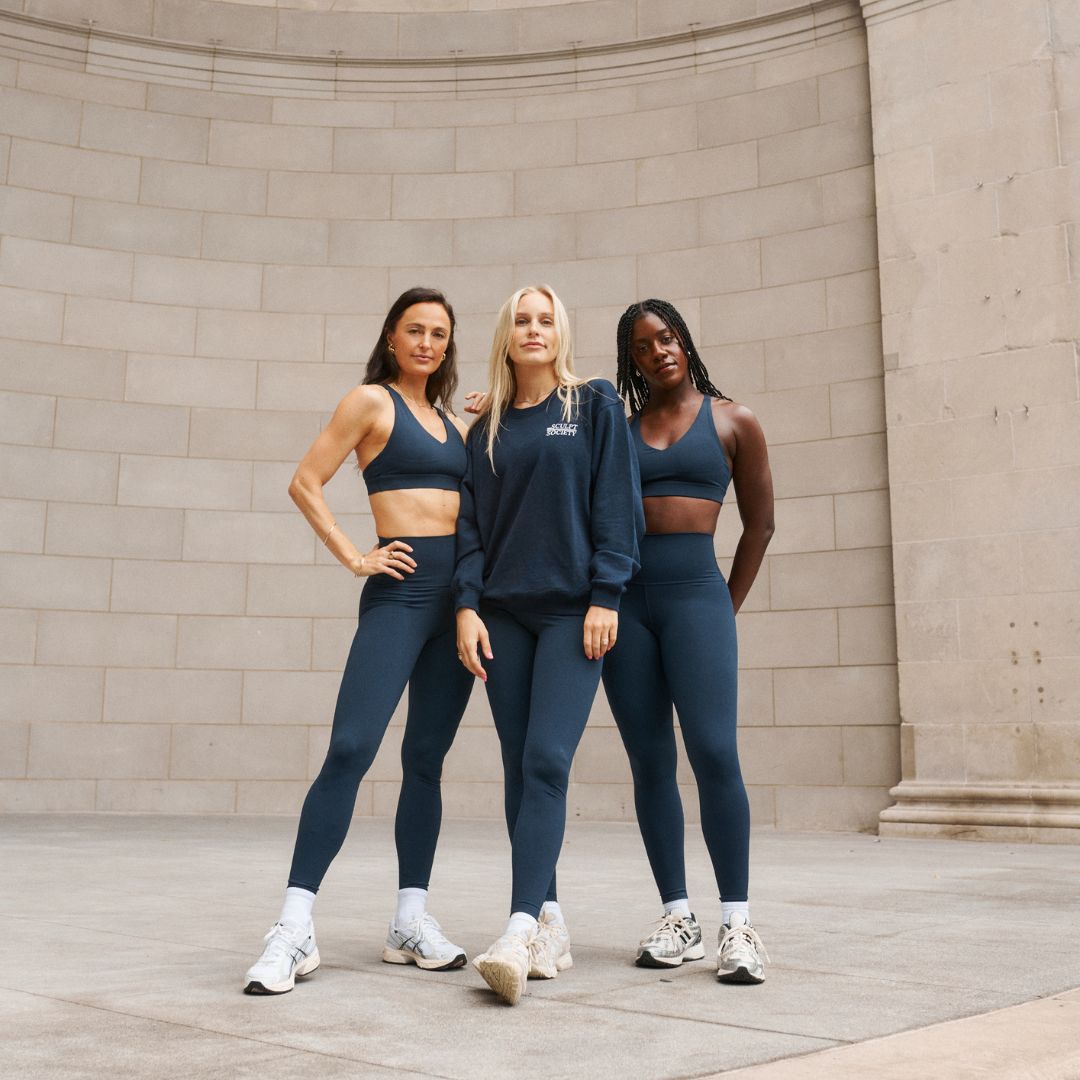
Mobility vs Flexibility: The Differences

Defining Mobility and Flexibility
Key Differences Between Mobility and Flexibility


The Role of Mobility and Flexibility in Your Fitness Routine
Incorporating Mobility and Flexibility into Your Sculpt Society Workouts

NEW WORKOUTS EVERY WEEK
Try The Sculpt Society Free For 7-Days
Get access to 1,000+ workout videos, anytime, anywhere on all your favorite devices.

Continue Reading









